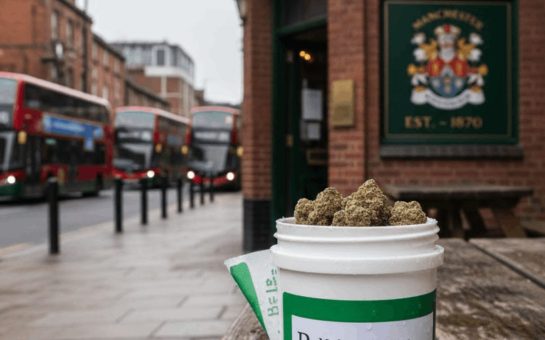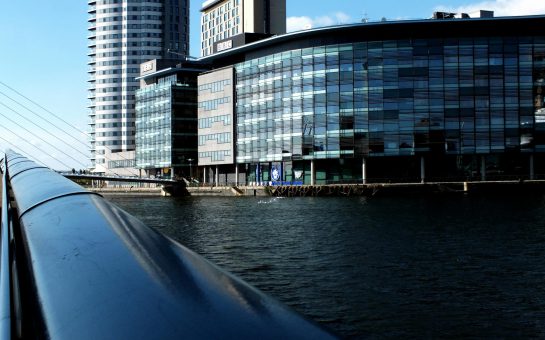Data released by the Office for National Statistics (ONS) has revealed that between 2021 and 2022, the Greater Manchester local authority that saw the most business closures was Manchester.

During this time, Manchester had a 415 increase in “business deaths”, leading the number to reach 3620 by the end of 2022. Though the figures are high, this has shown to be an improvement considering the impact COVID-19 had on trading.
Sales significantly declined as a result of the COVID-19 outbreak and containment measures. This led to an increase in uncertainty both about future sales and even employment due to the knock on effect of declining consumer demand.
However, this wasn’t the case for all businesses. Jinger Drinks, a company based on selling drinks made with organic ginger and turmeric roots in order to enhance health benefits, experienced the opposite.
The CEO Alya Rafiq has said: “Coronavirus really helped my business because nobody could go out so all shopping was online. We did a lot of google ads, reached out to a lot of instagram pages and collaborated with other businesses too.”
Manchester was already experiencing mass business closures in 2019 pre pandemic and without lockdown measures. 2020 was the year the city saw a 650 reduction in business closures instead.
With 2925 business deaths in 2020, this is a modest improvement for Manchester over 2019, when there were 3575 business deaths. Like the year bracket of 2021/2022, Manchester was the Greater Manchester authority with the highest number of business deaths between 2019 and 2020 also.

In the 2017 – 2022 year bracket, Manchester experienced the least amount of business deaths in 2020.
Alya has also said: “I believe businesses have short lived careers because they’re not going out of the way in order to reach out to customers. They need to be a lot more proactive otherwise they’ll be paying too much rent and not making enough money.”
Though Manchester has experienced multiple business misfortunes, Tameside on the other hand, has had the least number of business deaths for the fourth year in a row.
Tameside had 840 business closures by the end of 2022, though this was a slight increase from 2019 where the number was 725.
However, the data provided by ONS also revealed the business birth rates of Greater Manchester regions and their survival rates.
Whilst Tameside had the least business deaths, Tameside also was the borough that experienced the lowest business survival rates.
Tameside saw 835 business births in 2019 and 94% had a one year survival rate. This number has lowered since.
The three year estimated survival rate for 2019 Tameside businesses in 2023 is now at 57.5%, with the expectancy of 480 businesses expected to survive. The third year estimated survival rate for 2019 Manchester businesses in 2023 is now at 51.8%, with 2,270 businesses expected to survive.
In order for new businesses to avoid the risk of closure, Alya has said: “You need to do a lot of market research before you open a business. You have to be on every social media site and get your brand awareness out by going to local towns and areas, sharing your name with anybody who won’t know who you are.”




